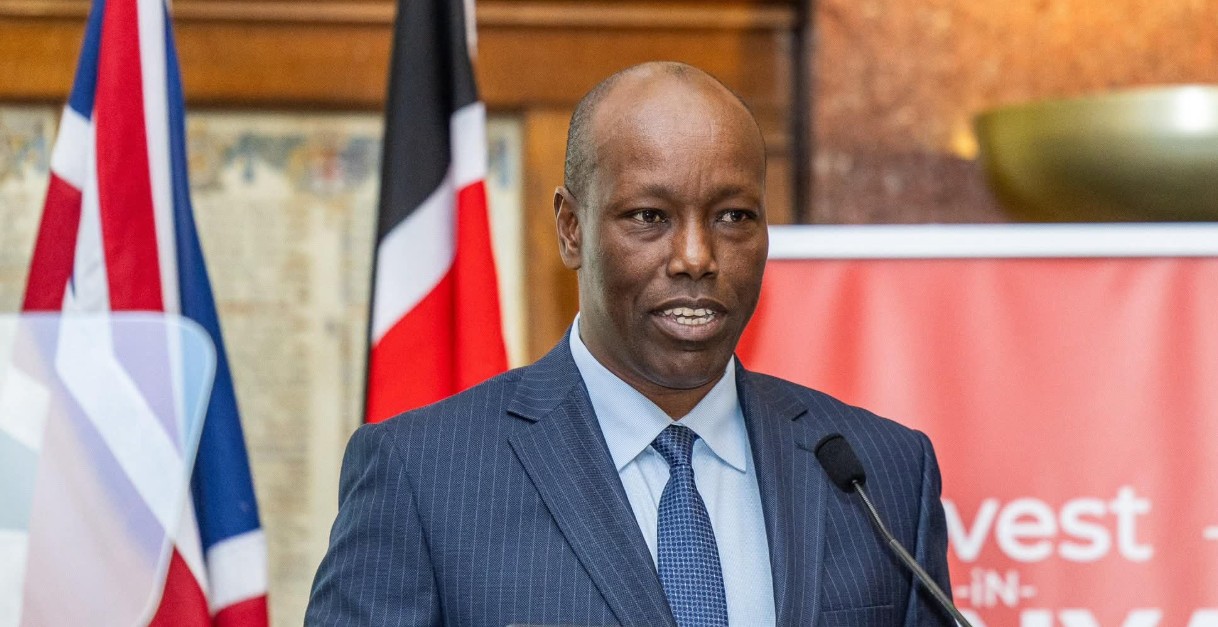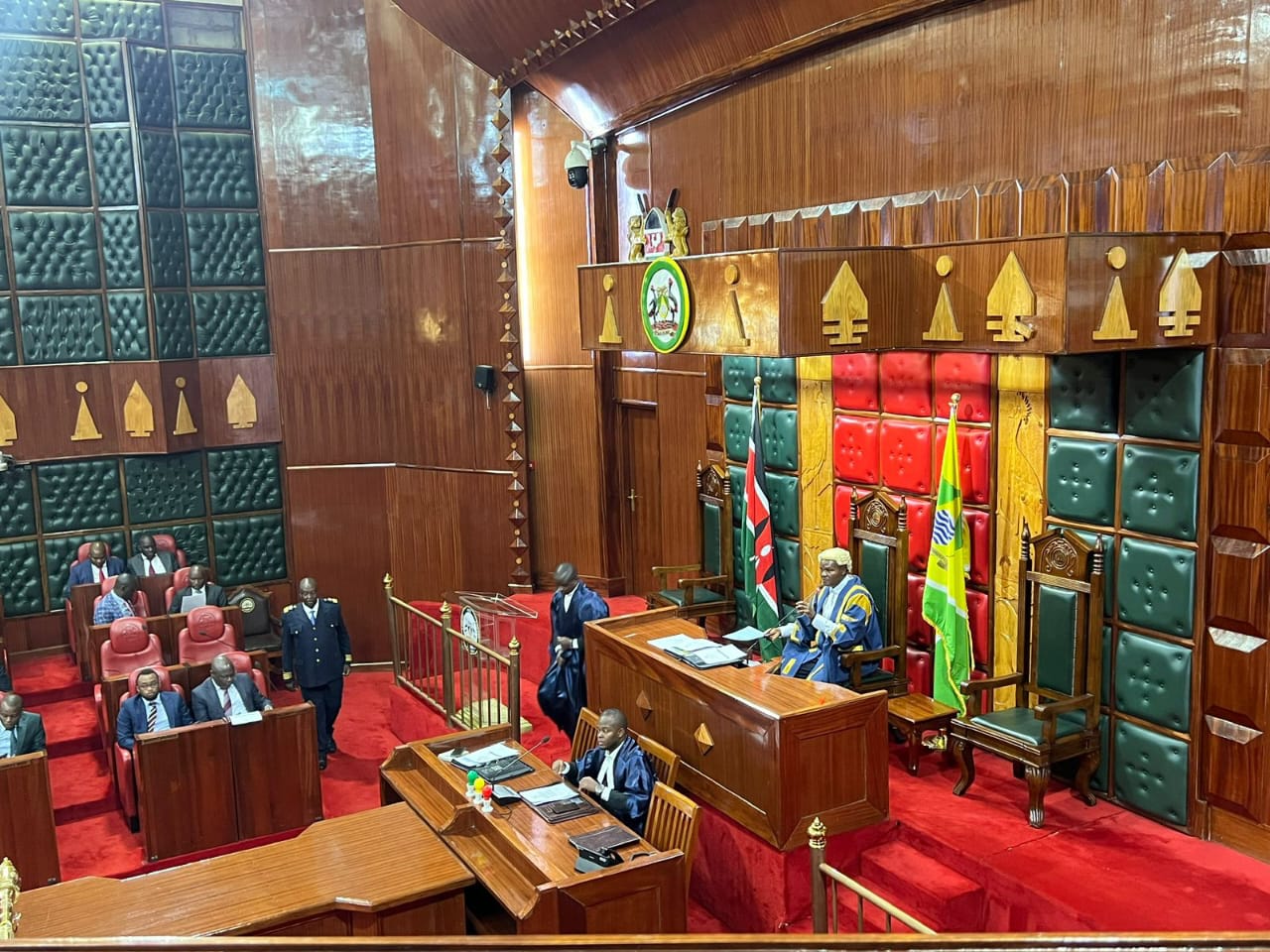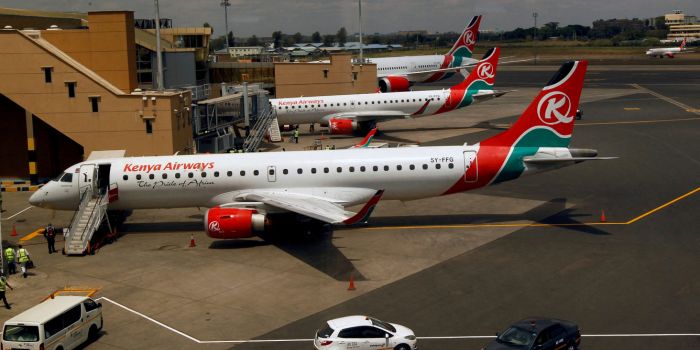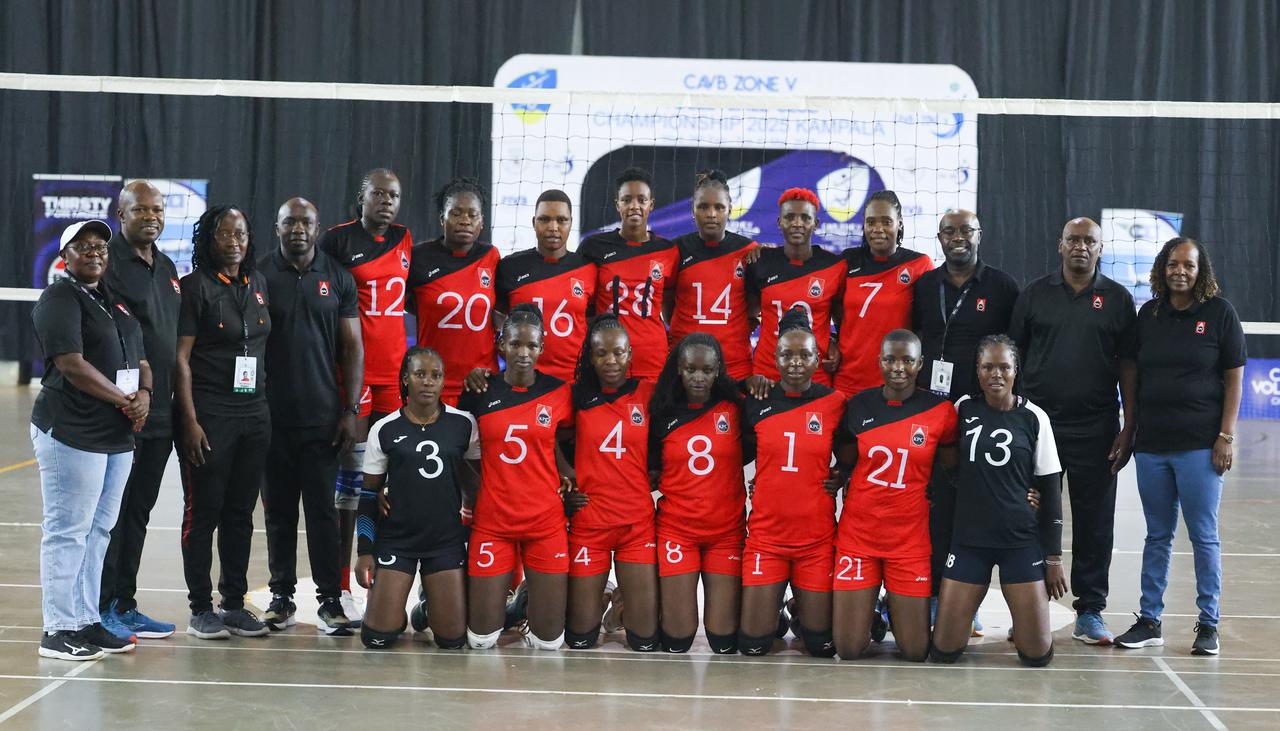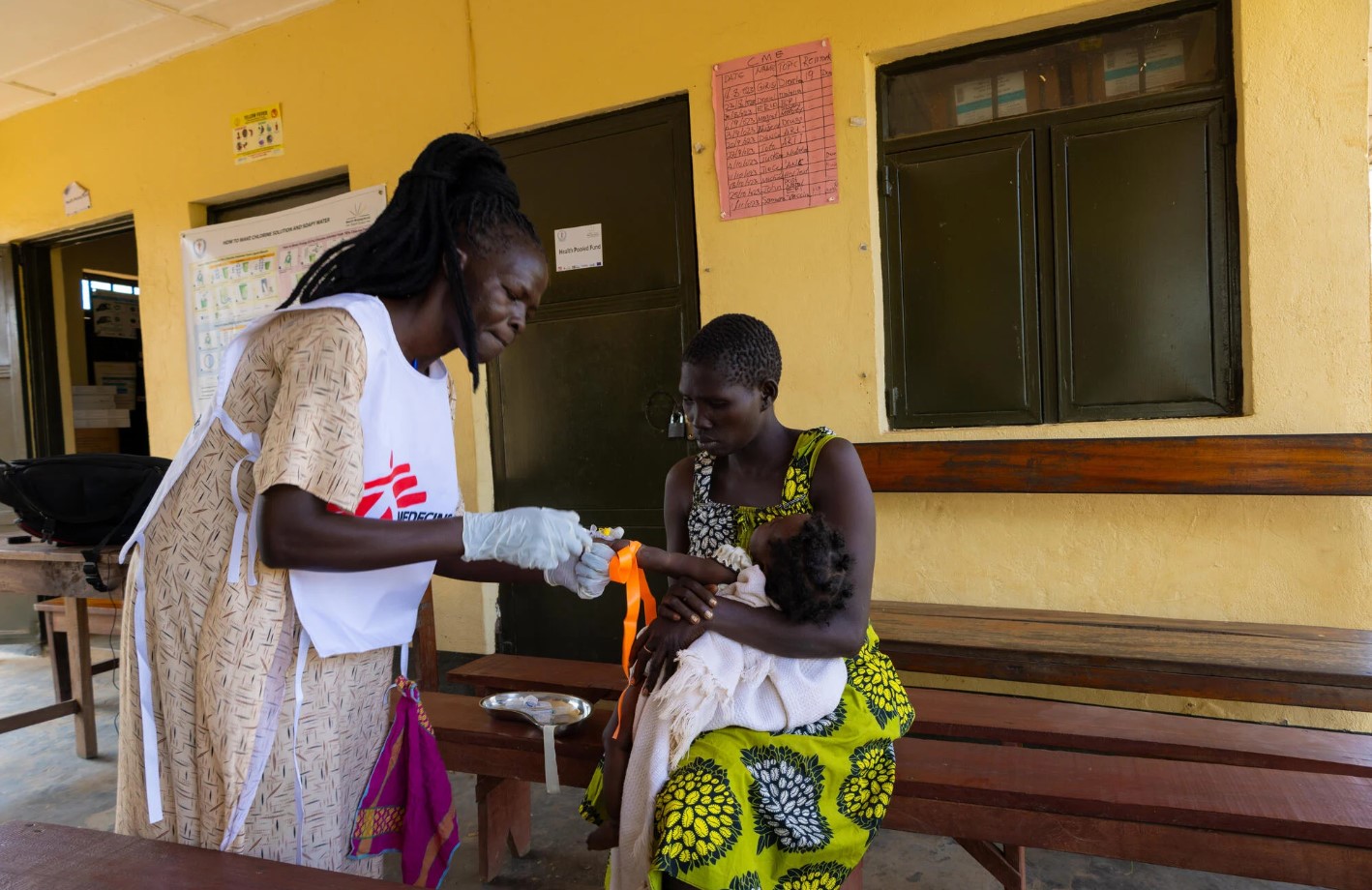Criminal networks exploiting instability to fuel global drug trade - UN
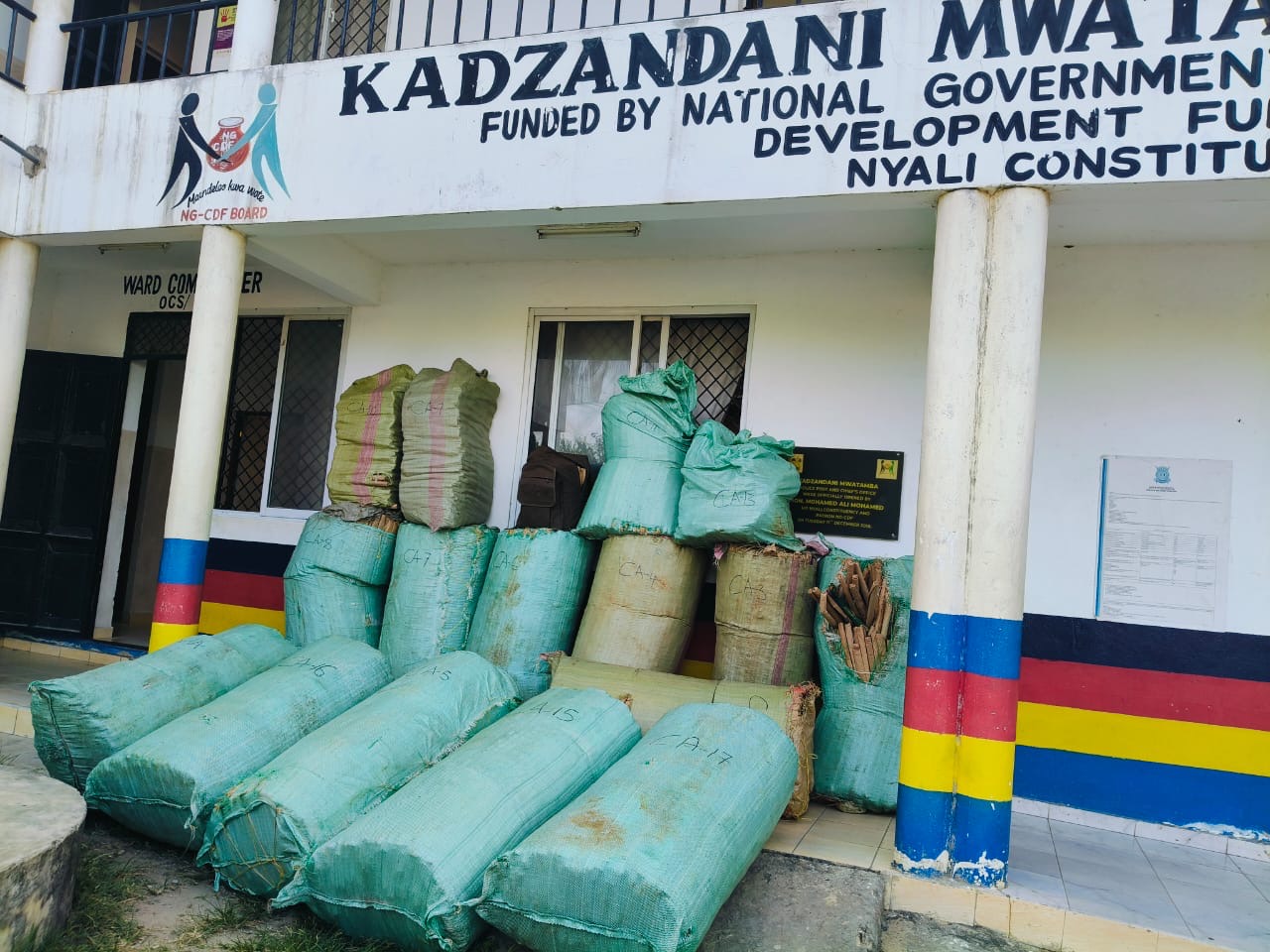
While cannabis remains the main drug sourced, trafficked and used in Africa, in the past decade, the document shows that the continent has been increasingly used as a transit area for drugs such as cocaine, heroin and methamphetamine.
Organised criminal groups are exploiting instability and gaps in the rule of law to expand their drug trafficking operations, while damaging fragile ecosystems and perpetuating other forms of organised crime, such as human trafficking, according to the United Nations World Drug Report (2024).
At the same time, the report shows that the global cocaine supply is reaching record highs, with production climbing in Latin America, coupled with drug use and markets expanding in Europe, Africa, and Asia.
More To Read
- 613 killed near Gaza aid outlets as hospital is overwhelmed by injured patients- UN
- Lamu parents urged to support boy child amid rising drug addiction linked to neglect
- Kenya emerges as major global drug trafficking gateway, new report warns
- IOM sounds alarm over suspension of life-saving transport in South Sudan
- DCI arrests woman who had swallowed 626.25g of cocaine at JKIA
- How flawed charges, political overreach undermined Kenya’s biggest heroin case
"Cocaine is also emerging as a harmful drug in the region, with people starting to enter drug treatment for dependence and drug use disorders due to its use. Heroin use and heroin use disorders are also an issue, especially in East Africa, North Africa and some parts of Southern Africa," the report shows.
While cannabis remains the main drug sourced, trafficked and used in Africa, in the past decade, the document shows that the continent has been increasingly used as a transit area for drugs such as cocaine, heroin and methamphetamine.
As a result, Cannabis remains one of the most harmful drugs on the continent and is the drug for which the highest proportion of people are under drug treatment.
UN qualitative data further shows that Africa is the region where cannabis use is growing the fastest.
On the other hand, cocaine is trafficked from Latin America to Europe via the West and North Africa, heroin is trafficked from South-West Asia to Europe via East and Southern Africa, and methamphetamine is trafficked from Southeast Asia to Southern Africa and East Africa for local consumption and re-export to other countries, mainly in East and South-East Asia, the report says.
This movement of drugs through Africa has now penetrated the local markets, thus adding to the existing health challenges related to cannabis use.
"Another typical pattern of use found in North, West and Central Africa is the non-medical use of tramadol, a pharmaceutical opioid not under international control. Tramadol used non-medically is typically illicitly manufactured and marketed in packages of higher doses than normally found in medical supplies. More than 90 per cent of the total amount of tramadol seized by law enforcement authorities worldwide in the past five years has been seized in Africa. Continuing the past trend, most of the tramadol seized in Africa originates in South Asia."
The UN further warns that a growing trend of mixing different drugs to form concoctions such as nyaope and, more recently, karkoubi and kush, among many others now presents a major potential threat to public health.
Some of such mixtures are home-made, and the actual composition of other mixtures may not be known to users with the limited evidence available, revealing that the mixtures often contain several harmful substances, such as various controlled drugs, pharmaceutical drugs such as benzodiazepines, alcohol, and solvents.
At a global scale, UNODC says men are, in general, more likely to use drugs than women; they make up more than three-quarters of people who use drugs at the global level, however, differences between genders vary substantially by region and by drug type.
"This is especially true for drugs like cannabis, amphetamines, opiates, and cocaine. However, when it comes to the non-medical use of pharmaceutical drugs such as sedatives and tranquillizers, pharmaceutical opioids and pharmaceutical stimulants, the number of women using such substances can be substantially higher and, in some cases, nearly equal to the number of men, based on available data from a limited number of countries," the report explains.
As is the case with drug use in the past year, more men than women inject drugs, but about one in five people who inject drugs is a woman, based on limited data from 18 countries.
The report shows that, however, women who inject drugs carry a higher burden of health and social consequences, as they are 1.2 times more likely than men to be living with HIV, based on data from 58 countries.
"The vulnerability of women stemming from conventional gender roles and gender power structures and relations may also increase their vulnerability to unsafe sexual and injecting behaviours. Women who inject drugs are likely to have a male intimate partner who initiated them into drug use; they are also likely to ask their male partner to inject them. Women who use, including those who inject, drugs are also vulnerable to gender-based violence and sexual abuse perpetrated by both their intimate partners and by other people who use drugs around them, law enforcement officers and drug service providers," the document adds.
It further reveals that there are multiple barriers to accessing treatment and other health and social services for people who use drugs or are suffering from drug use disorders, with women being the most affected, as they face the double stigma and discrimination of being both a woman and a person who uses drugs.
It says stigma, discrimination and fear of losing custody of their children prevent many women who use drugs from accessing and utilising drug services this is despite facts showing that women who use drugs tend to progress to drug use disorders faster than men, yet they continue to be underrepresented in drug treatment.
Africa, Central America, the Caribbean and South America have, according to the report, the largest proportions of young people in drug treatment.
Top Stories Today
